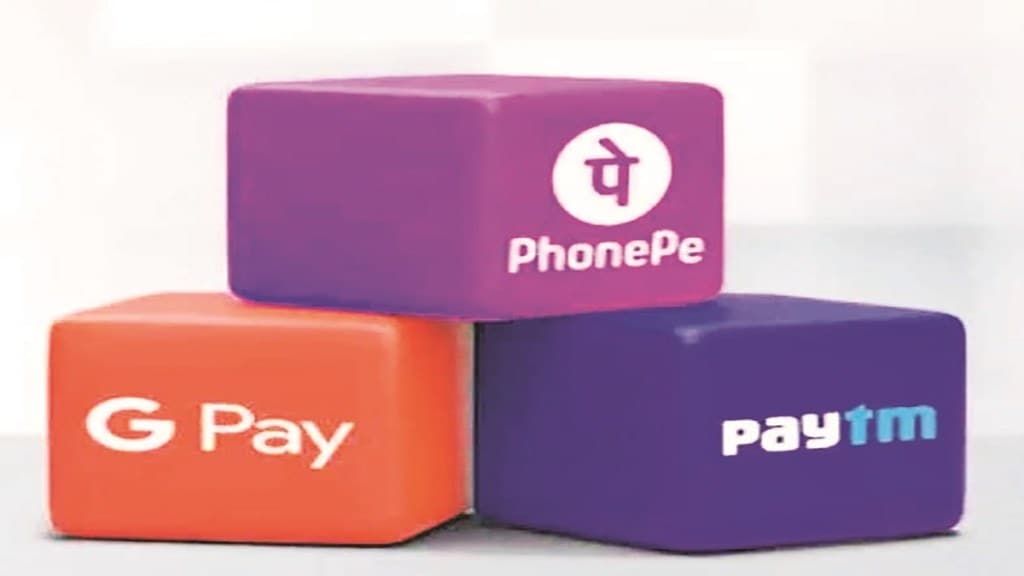India’s lower-middle class is embracing digital finance like never before, with UPI usage climbing to 80% in 2025, up from 72% last year, according to Home Credit India’s Great Indian Wallet 2025 report. Online loan applications have reached 50%, now equal to offline channels, and digital retail payments have grown to 51% of all transactions, up from 42% in 2024. Cities like Hyderabad (93%) and Kolkata (87%) lead in UPI adoption, though nearly half of users say they may stop using it if fees are introduced.
Even as digital access improves, risks remain. While 74% are aware of online financial fraud, 20% have already fallen victim. A worrying 28% share financial details with friends or family, and 25% store them on smartphones. Despite financial pressures, 57% of respondents reported higher incomes this year (up from 52% in 2024). Average monthly income stands at ₹33,000, while essential spending is Rs 20,000. In metros, incomes average Rs 36,000 against expenses of Rs 23,000; in Tier-2 cities, the figures are Rs 30,000 and Rs 17,000, respectively.
Only 50% of respondents managed to save this year, down from 60% in 2024. Cash remains the preferred savings mode (38%), followed by bank accounts (24%). However, 12% borrowed money just to meet basic needs. Education has become a top priority, with spending rising 34% year-on-year to take up 19% of the monthly wallet. Gen X spends 22% on education, and 40% of respondents actively contribute to their children’s schooling.
Optimism remains strong. The Future Expectations Index holds at 59, with 73% confident of meeting financial goals within five years and 76% expecting their financial situation to improve. Meanwhile, 28% say affordable credit is key to achieving aspirations, and 65% believe it will accelerate their progress. The report, based on a survey across 17 cities, highlights a segment that is becoming more digital, aspirational, and financially aware, yet remains vulnerable, requiring targeted financial education, digital safety, and inclusive credit access.


